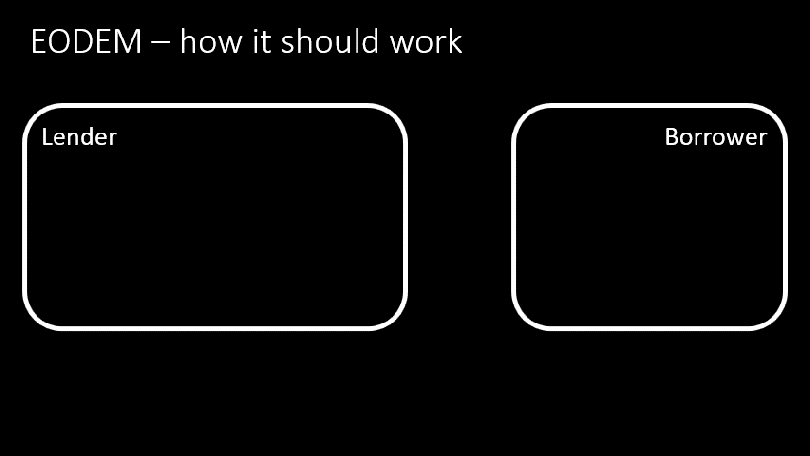EODEM

This page provides an introduction to EODEM, the Exhibition Object Data Exchange Model, and links to related resources. The development of EODEM is being coordinated by the CIDOC Documentation Standards Working Group (DSWG).
CIDOC Training Association module
The CIDOC Training Association has published an online module introducing EODEM to museum documentation staff and registrars. The module outlines what EODEM is, how it should work, the basic principles adopted by the standard and how it relates to LIDO, and how museums can prepare for its implementation. It comprises a slide show with a soundtrack and self-evaluation exercises, and is available for free from https://cidoc.info/Training/Online/EODEM/. It lasts about an hour.
EODEM 1.0 now available
We’re delighted to announce that EODEM 1.o was launched on 1 September 2023. Specifications are available here; links to further support and advice can be found at the bottom of our FAQ page.
We urge software suppliers to develop EODEM exporters and importers: the more systems that include it, the more useful it will be. And we encourage documentalists to ask their software suppliers to implement EODEM, as it will make their lives significantly easier.
To help make the case for EODEM, we are running an ongoing survey of the time museum staff spend entering data in connection with object loans. Here is a link to the survey – it only contains eight questions, and is available in English, Spanish and Finnish. If you have not responded to it already, please do so: at the moment, the geographical distribution is uneven, and there is a strong bias to users of a small handful of collections management systems. The more we can provide accurate and comprehensive figures which show how much time EODEM can save museums, the more likely it is to be a success. The most recent survey results will always be accessible from the Documentation Standards Working Group’s main web page.
Contents
Follow these links to further resources
What is EODEM?
A framework that will enable museum databases to export objects’ data from one system at the press of a button, and import the data into another system at the press of a button.
Why is EODEM necessary?
Because, in a normal year, museum staff manually copy the details of thousands of objects from their databases, and send them to other museums that wish to borrow those objects. The borrowing museums’ staff then manually copy those details back into their own systems.
To take just one example, over the ten years from 2010 to 2019, staff at the National Gallery in London entered the details of between 180 and 607 new exhibition loan objects per year into their collections management system – an average of 405 a year.
Assuming six hours per working day are spent doing actual work (rather than going to meetings, drinking coffee, chatting, etc.), that means that their quietest year saw between 7 and 10 days spent on data entry, and their busiest, between 25 and 33. So on average, they’ve spent between 16 and 22 days a year entering exhibition object data into our collections management system – a total over the ten years of somewhere between 164 and 224 days: as a worst case, that’s an entire working year over the last ten years spent on data entry. And those figures ignore the work done providing information for loans out.
To be fair, the National Gallery does have a comparatively large exhibition programme – but it’s still fairly typical of large museums. In order to better understand the pressures on museums caused by loans in and out, the DSWG conducted a survey to find out how much time staff currently spend copying-and-pasting, or retyping, information into different systems whenever they lend or borrow objects. This revealed that, assuming staff spend a full seven hours a day on data-entry, over a ten year period, the median time spent entering data for loans in was 50 days, and the mean 127 days – very nearly 7 months, so well over half a working year. And in the case of one institution, loan-in data entry would take 750 days: nearly 3½ working years. There are too many variables to convert these figures into salary costs, but there would seem to be a significant potential to make long-term savings if we can automate loan-related data entry. (You can read the full results here.)
How to participate
If you’re interested in collaborating in the EODEM project – particularly if you want to implement EODEM in a collections management system – please get in touch with Rupert Shepherd using the Contact page on his website.
